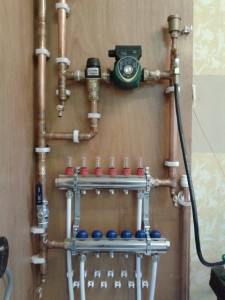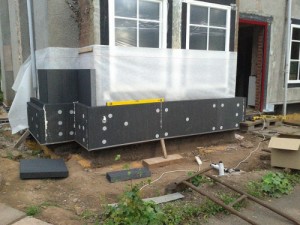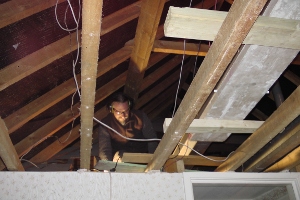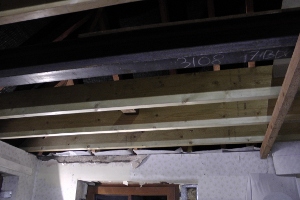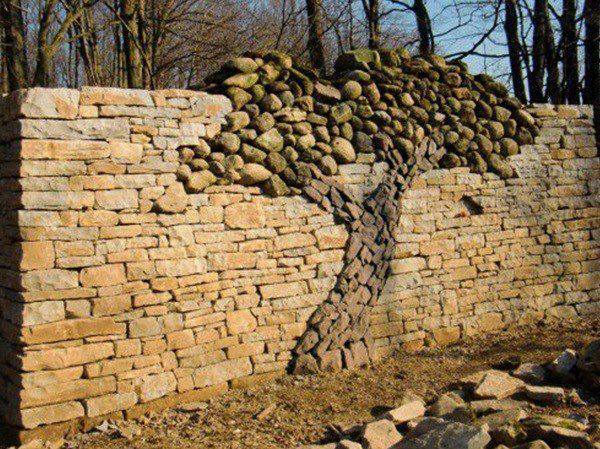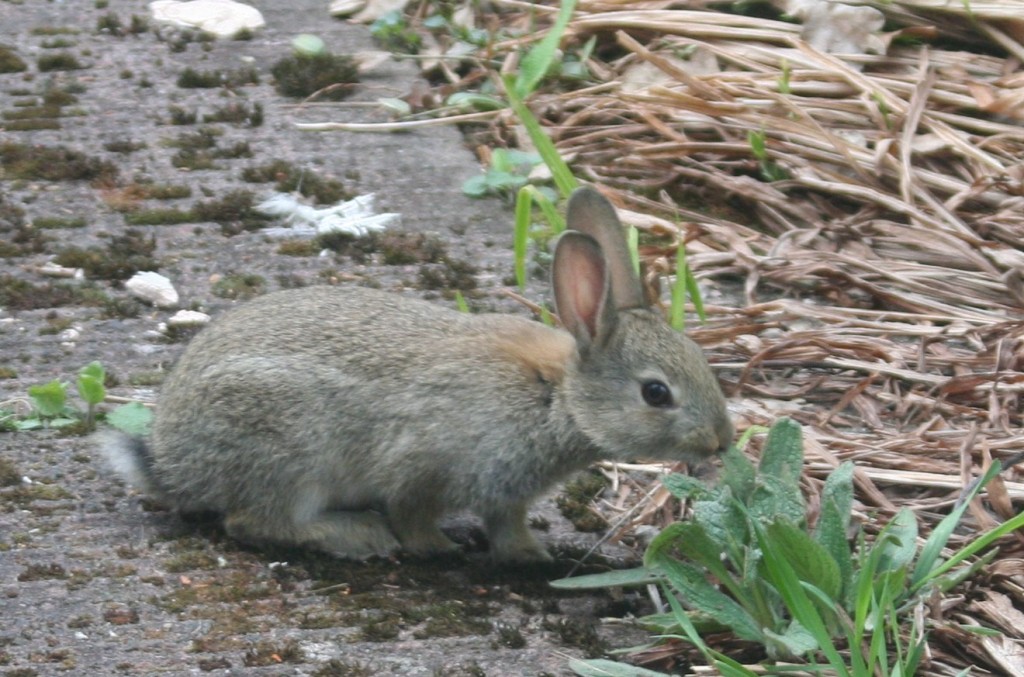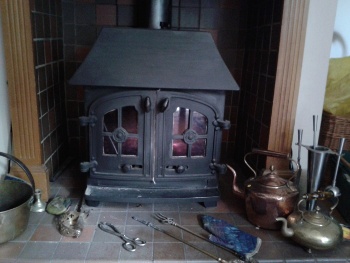Hot off the press
Introducing the Westacre Newsletter
Thank you so much for subscribing to The Magic of Connection and the Westacre Newsletter. We’re really grateful for your support.
This newsletter will bring you interesting articles and exclusive offers. You may get
– a meditation from the Westacre Spiritual Centre,
– a ritual to sustain your soul and your land,
– an interview or guest article from another adventurer in connected living,
– an exclusive offer or competition from an affiliated businesses,
– savings on courses and events,
– or any other goodie we think you might like.
The features in this newsletter will come to you, our subscribers, first. They will only appear in the newsletter archive after any offers or competitions have finished.
You have also received the first part of The Magic of Connection by now. This 9 part course builds into a meditative ritual practice connecting you deeply to the land and to yourself. I have been doing this meditation daily in her garden for years, and it has been a great source of healing and comfort in difficult times. Give it a go!
If you have NOT received any installments of The Magic of Connection, have a look in your junk folder. If the course has ended up in your junk, PLEASE LET US KNOW. We’ll try to prevent that.
We hope you enjoy your first issue. Please let us know what you think of it. If you have any ideas for articles or features, they are also very welcome. You can contact us at newsletter@westacre.org.uk
Enjoy your first issue,
Hilde
Latest blog posts & links
From the Spiritual centre:
- Four pathways to connected living: an introduction
As people concerned for our planet and its inhabitants, we can get disheartened by the challenges facing us. Here are four Pathways to keeping our souls well fed and strong.
- Weaving my soul back into the web
What the Magic of Connection can do for you in difficult times.
From the Westacre Project:
- External wall insulation vs ground source heat pump
What combination of insulation and heating would work for you?
From the Web:
- The unexpected antidote to procrastination
What we are afraid of and how to get over it.
- Holding a door open for the ancestors
Why they should be the ones driving the car.
Coming home – a ritual
You need a representation of each element: Earth, Air, Fire and Water (e.g. stone, feather, bright colour, shell)
Put the symbols around your circular working space, in the appropriate direction. Cast a circle if you want to.
Sit in the centre of the circle. Take some breaths and centre yourself. Stretch your awareness to the edge of your circle.
Walk around the edge of the circle. Sense which element draws you first. Sit down with the one that speaks to you most loudly.
Become aware of that element in the place where you are working. The solid Earth beneath you. The Air, always moving, touching your skin. The Fire of Sun or Moon, of things living and growing. The Water of the nearest stream, of rain and of life ebbing and flowing.
Let each element heal you. Let the tensions in your body flow into the solid Earth. Let your thoughts dissipate in the wind. Allow yourself to shine with the light that surrounds you. Let your emotions flow freely, away to the river, to the sea.
When you feel ready, move the symbol of the element from the edge of your circle to the centre. Pause for a moment and just feel the element in your body: the solidity of your flesh and bones; the air flowing in and out with your breath; the fire of your life force warming you; the waters of your body ebbing and flowing with each heart beat.
When you are strongly centred in that element, let your awareness of it subside and return to the edge of the circle. Start walking around your circle again, and go to the next element that speaks to you.
Work your way through the four elements, until all your symbols are at the centre.
Sit and enjoy this for a while: this is your home, your centre, fully balanced by the elements.
When you feel ready, gently draw your awareness from the edge of your circle inward, to a distance that feels comfortable. Close your circle if you cast one.
How does this ritual make you feel? What has changed? Write about it in your journal and carry this centred energy out into your world.
What you can do to help
Quick and easy:
- Tell your friends about the free Magic of Connection course.
- Share our blog posts on social media. Liking them is good, but actually sharing things that you find interesting really helps us find our audience.
- Comment on our blog posts, on the actual web site. Tell us about your own adventures in connected living. This will get conversations started that add value for all of us.
Get your hands dirty:
- Come and visit us at Westacre. Join in with what we are doing. It is an opportunity to learn new skills and to hang out with us in our beautiful garden.
Stay in touch
Twitter for in-the-moment updates and relevant links.
Facebook for daily news, photos and blog links.
Our web site for inspiration, project news, and online courses.
Our contact details are here.
